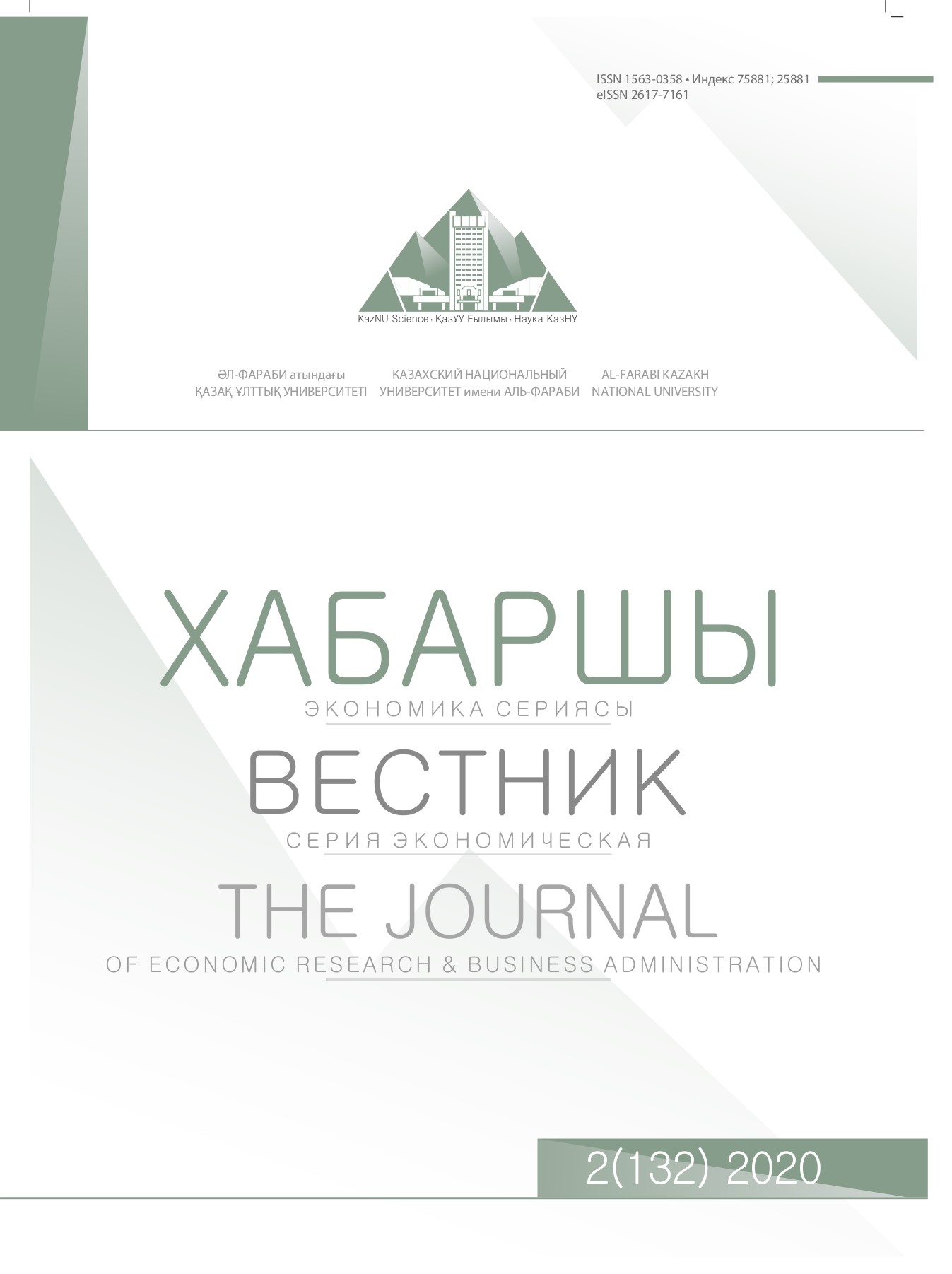Global cyclic transition – 2020: theory and methodology
DOI:
https://doi.org/10.26577/be.2020.v132.i2.01Abstract
100 years have passed (taking into account the number of days in the lunar month) since the collapse
of the largest companies stocks on world exchanges marked the beginning of the Great Depression
(1929-1933). Stock markets are a kind of litmus paper showing changes in the world. The events of those
years revealed the inability of the market to maintain a political economic equilibrium in the long run and
the inevitability of world cyclical crises. The beginning of a new cycle is evidenced by the events of the
beginning of 2020 in global stock markets.
The reason for the beginning of the modern world crisis was COVID-19, which erupted at the end of
2019 in China and spread throughout the world, connected by the threads of global population mobility.
But that is not the reason.
The purpose of the study is to identify the prerequisites, causes and consequences of the modern
global cyclic transition. The main reason lies in the escalating contradictions that hinder the implementation
of the new technologies achievements born by the information revolution in the end of 20th century.
The methodological basis of the study is the main provisions of the scientific heritage and evolutionary
changes in the theory of cyclicality and crises; observation, unity of historical and logical, comparison
and extrapolation methods used.
The results of the study can be traced in the following. Dynamic economic equilibrium is determined
by the balance of the resource support system: informational, social, environmental, spiritual, material.
Disturbances in the system are manifested in cyclical recessions. In this aspect, Kazakhstan remains
among the most vulnerable countries, due to a number of objective and subjective factors.




